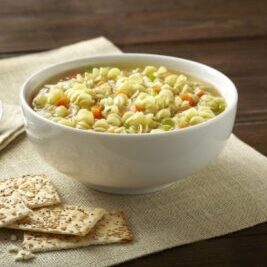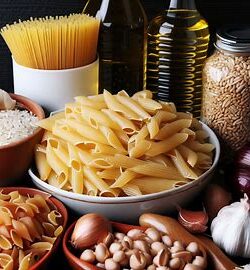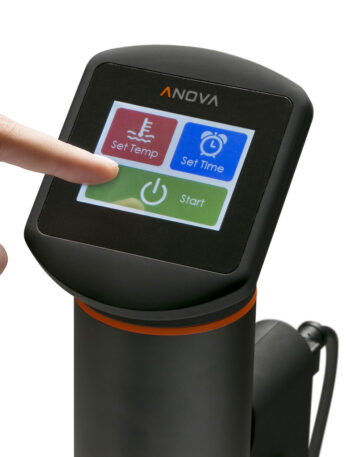Home Emergency Meal Preparedness
Emergency meal preparedness in times of unforeseen emergencies, such as natural disasters or unexpected events, and having a well-prepared stockpile of emergency meals can be a lifesaver. Being proactive and ensuring that your household is equipped with nutritious and easily accessible food during such situations is essential for both physical sustenance and peace of mind.
Assessing Your Needs
Before you begin assembling your emergency meal food supply, it’s crucial to assess your household’s specific dietary needs and preferences. Consider any dietary restrictions, allergies, or special requirements of family members. This assessment will help you tailor your food stockpile accordingly and ensure that everyone’s nutritional needs are met during an emergency.
Stocking Non-Perishable Staples
When building your emergency meal food supply, focus on non-perishable items with long shelf lives. These food staples are typically easy to store and require minimal preparation. Some essential items to consider include:
a. Canned Goods: Invest in a variety of canned fruits, vegetables, beans, soups, and meats. Opt for low-sodium options when possible and ensure you have a manual can opener readily available.
b. Dry Goods: Stock up on dry goods like rice, pasta, oats, cereals, and dried fruits. These items can provide sustenance and are versatile for various meal options.
c. Shelf-Stable Milk and Beverages: Consider storing shelf-stable milk or milk alternatives. Additionally, keep an adequate supply of bottled water and other non-perishable beverages.
d. Protein Sources: Include protein-rich foods such as canned tuna, chicken, nut butter, and protein bars for a well-rounded emergency meal plan.
e. Snacks and Comfort Foods: Don’t forget to include some non-perishable snacks, like granola bars, trail mix, crackers, and comfort foods that can boost morale during stressful times.
Emergency Meal Planning and Rotation
Ensure that your emergency food supply is well-balanced by creating meal plans based on the items you’ve stocked. Plan for a variety of meals and incorporate a mix of proteins, grains, fruits, and vegetables. Consider including spices, condiments, and seasonings to enhance the flavor of your meals.
Remember to periodically rotate your stockpile to maintain freshness. Check expiration dates regularly and consume or replace items as needed. It’s also helpful to keep a list of the contents and expiration dates of your emergency food supply, making it easier to manage and restock when necessary.
Food Preparation and Safety
During an emergency, access to electricity or a gas stove may be limited. Therefore, it’s important to have alternative cooking methods available. Consider investing in a portable camping stove, a propane grill, or a solar cooker. Additionally, having a supply of disposable plates, bowls, utensils, and napkins can help simplify meal preparation and clean-up.
Remember to follow proper food safety practices, even during emergencies. Practice good hygiene by washing hands before handling food, and ensure that surfaces and utensils are clean and sanitized. If tap water is compromised, rely on bottled water for cooking, cleaning, and drinking purposes.
Emergency meals include stocking a supply of non-perishable food items
Preparedness is a critical aspect of overall emergency preparedness. By proactively stocking a well-balanced supply of non-perishable food items, you can ensure that your household remains nourished and resilient during unexpected situations. Remember to regularly assess and rotate your emergency food supply, tailor it to your family’s specific needs, and have alternative cooking methods available. By taking these steps, you can gain peace of mind, knowing that you are prepared to weather any unforeseen




